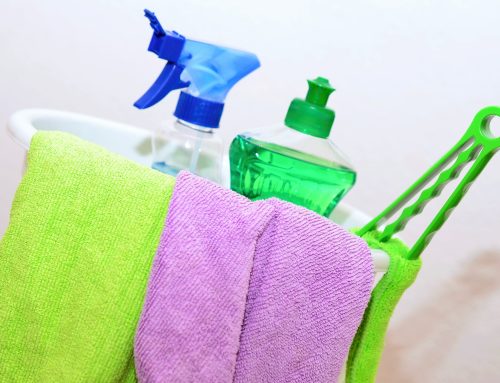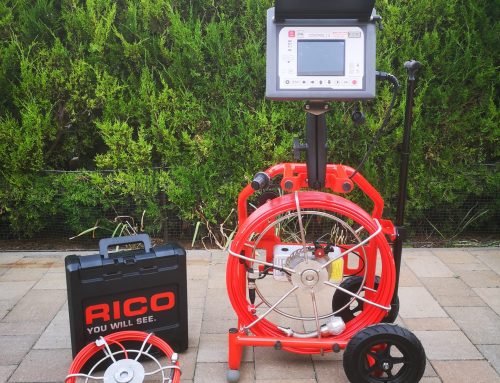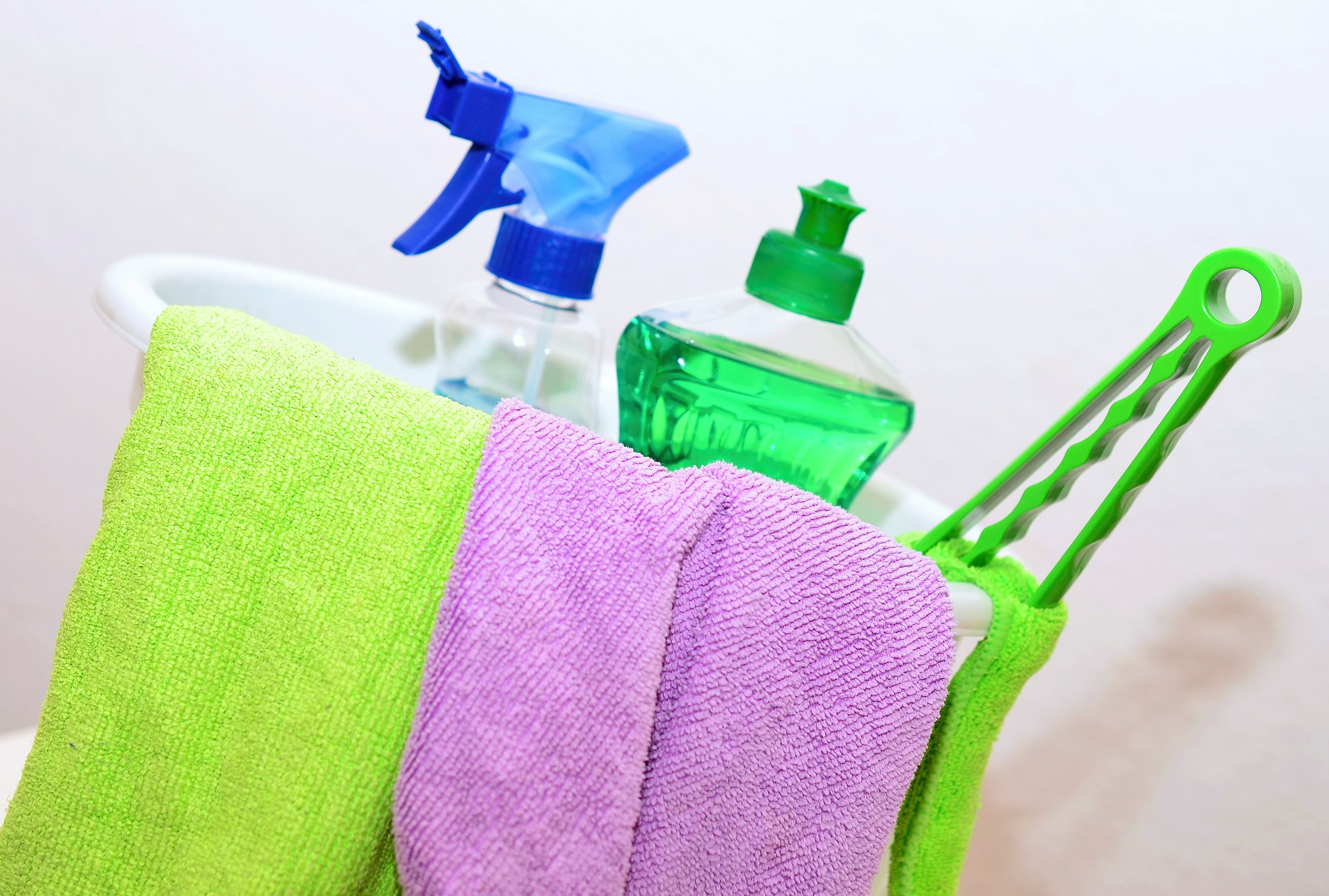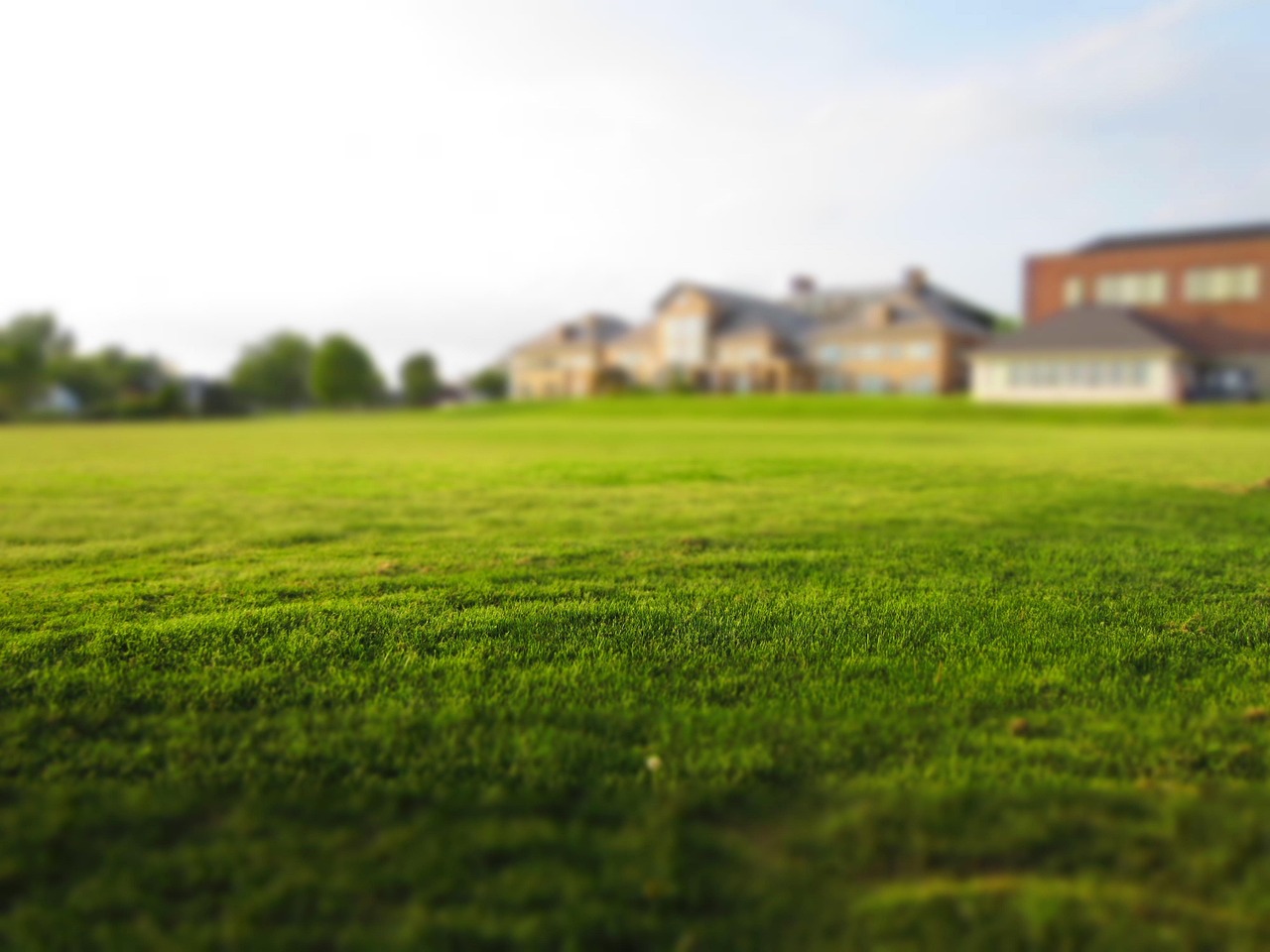As we know from the slogan in advertisements: "limestone can be an insidious enemy." Where we do not ensure regular cleaning, it settles, and the only way to remove this uninvited visitor to the bathroom or toilet is to take a laborious approach.
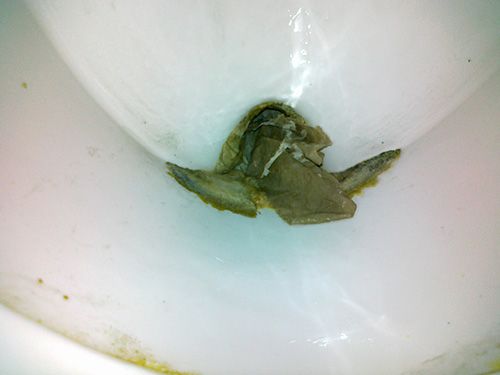
Visible and invisible enemies
Many people think of limescale primarily as an aesthetic problem, which, when deposited on furnishings, spoils the appearance of a given room. However, limescale, which is visible to the naked eye, can not only appear on the surface of some of our everyday objects, but can also cause serious problems in the drain pipe. Although we usually do not notice this, the limescale that settles here will lead to blockages after a while. The unclogging From a health perspective, sinks and toilets in particular can be at risk from limescale, but we can also face this problem outside of households – for example, with urinals in offices.
Dangerous crystals
Limescale is basically caused by various minerals that are found in dissolved form in tap water. The material, which mainly consists of magnesium and calcium carbonates, is drain will accumulate on the inner wall of the pipe. Since limescale significantly impairs the permeability of the pipe, after a while the resulting blockage prevention.
Although scale deposits of a few millimeters in size will not initially interfere with the smooth operation of the toilet or sink, over time, more and more of these minerals will adhere to the inner wall of the drain pipe. If the scale deposits reach a size of 50-70 millimeters, even toilet paper will not be able to flow properly into the sewer, making it inevitable to remove the blockage.
The situation is even worse in toilets that have been in use for decades, where the scale particles in the drain pipes can reach several centimeters in size. Since frequent unclogging usually does not help in this case, the only real solution will be to replace individual parts of the structure.
Soft and hard waters
The hardness of the water basically determines how seriously we should take the problem of water scale in a given household. In our country, the hardness of the water shows a very varied picture. Although, based on the water hardness maps, the water is softer in a significant part of the eastern part of the country, some counties in Western Hungary (e.g. Fejér, Veszprém, Baranya) have to seriously face this problem. However, from this perspective, the worst situation is in the capital and in the agglomeration areas, where we can find water classified as “very hard” almost everywhere. Therefore, those who live in such areas should ensure that the scale is removed every 2-3 months in order to prevent blockages.
Natural descalers
Often, when we see the wide range of products available in stores, we are left wondering which product to use to remove limescale or prevent clogging. Since these chemicals can seriously pollute the environment and, if used improperly, can also be harmful to our health, it may be better to try natural limescale removers first.
Of course, the choice here cannot be easy, as there are as many household remedies as there are households. Since various "miracle remedies" have only been on store shelves for a decade or two, most families have a descaling recipe that they have used for generations.
However, as with the products used to remove blockages, there is no “all-powerful” solution for descaling agents. Many people swear by vinegar, for example, the effectiveness of which can be enhanced by using it as a mixture. All you have to do is mix vinegar and water in a 1:1 ratio and add a little salt to the solution. However, some people do not like the very strong smell of this ancient remedy, so lemon can be recommended as a more pleasant-smelling descaling agent. Pour the squeezed juice of the fruit onto the scale and leave it for 10-15 minutes before using a damp sponge to remove the scale from the surface of the fixtures, and in the case of drains, you can clean them by rinsing them with warm water.
You can also try cola, which has a high acid content that can be used to eat away at the deposits in the pipe. However, do not forget that cola is one of the soft drinks with the highest sugar content, which can make the surface sticky after cleaning. Therefore, it is better to choose the sugar-free version when cleaning, and to rinse the drain even more thoroughly after cleaning with cola than when cleaning with other household products.
All rights reserved, https://magyarendre.hu


